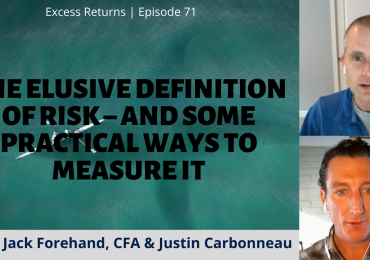For years, volatility and risk have been synonymous in stock market discussions. But in recent commentary, top performing fund manager Bill Nygren says otherwise.
In a piece posted on Oakmark’s web site, Nygren notes that Oakmarks’ funds have been more volatile this year, and cites a couple reasons. One, he says, is that in a quest for yield in this low-yield bond climate, many investors “have begun to pay nearly unprecedented prices for stocks that distribute most of their earnings as dividends.” That has caused those stocks — which include many telecoms and utilities — to trade like bonds, rising when stocks fall and falling when stocks rise. Oakmark didn’t own any of those telecoms and utilities in the first half of the year, so it essentially lost a hedge against broader market volatility. Another reason for his funds’ increased volatility is that he’s been finding lots of opportunities in cyclical stocks, and investors seem to be willing to tolerate less cyclical risk than in the past, which has made those stocks more volatile, he says.
“But,” Nygren asks, “is daily volatility a good proxy for risk? That depends on how you define the word ‘risk.’ To academics, risk and volatility are synonyms. To many consultants, risk is measured by the variation from an index, called tracking error. We’ve never embraced either of those definitions — we don’t worry about day-to-day volatility, and we’ve never had a goal of tracking any index. To us, risk means losing money. Not just a daily price quote that goes down, but an error in estimating business value such that we want to sell our position despite the price being lower.”
Using those guidelines, Nygren says risk is “highly dependent on the price paid for a stock. When a stock is priced at a premium to its business value, risk is high. When the price is at a large discount to value, risk is low. ”
Nygren says that recently, a lot of stock market trends relating to risk have reversed. “Bonds are thought to be lower-risk investments; we believe that, at today’s prices, long-term bonds are very risky,” he writes. “Low-growth, high-yield stocks are thought to be among the least risky stocks; we believe, at today’s prices, they are among the most risky stocks. Investors who simply extrapolate recent trends without comparing current price to value run the risk of buying near highs and selling near lows. As investors today are running away from anything that used to be thought of as risky, we believe they are creating a new class of low-risk, high-return opportunities.”







